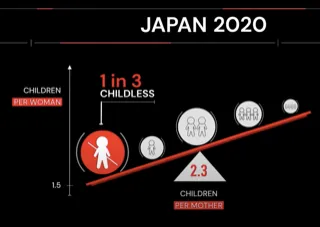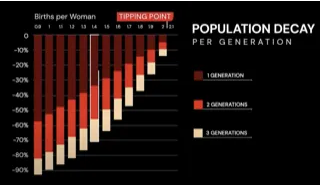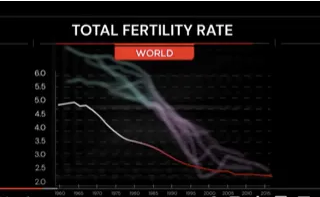In The Line, Matt Gurney explains what Paul Wells christened the “slopes of Lyle” and why Canadian political discourse is so hypocritical so often:

A screenshot from a YouTube video showing the (pick your team’s preferred term) [protest | insurrection] in front of Parliament in Ottawa on 30 January, 2022.
Photo via Wikimedia Commons.
It was a bit over a year ago when Paul Wells, in one of the best pieces of his I’ve ever read, created the concept of the “slopes of Lyle”. The “Lyle” refers to some polling published by Greg Lyle, of Innovative Research Group. I won’t spend a ton of time recapping the polling or what Paul drew from it, beyond the necessary: Lyle found and could graph what amounts, in effect, to political hypocrisy. Using the example of whether governments should meet with protesters, even if those protesters have broken the law, Lyle found that one’s opinion on the matter hinged less on any overall value-neutral philosophical belief and more on the specifics of the protesters. Left-leaning Canadians (NDP and Liberal voters, in Lyle’s poll) were a lot more sympathetic to a government that would meet with Indigenous Canadians (and supporters) protesting a new pipeline than they were with the Ottawa convoy protesters. CPC-supporting Canadians — and who’da thunk it?! — felt the reverse. Graphing out these positions resulted in those slopes Paul noticed — left-wing and right-wing support for governments meeting with protesters tanked when you changed who the protesters were.
The slopes of Lyle.
It’s been basically a month since the appalling assault by Hamas into southern Israel. Israel’s war against Hamas grinds on, and is producing the kind of horrible collateral damage we all feared. People across the West, including very much here at home in North America, are devastated by what they’re seeing, hearing and reading, and of course they are. It’s awful, every bit of it. There have been large rallies and protests and from them, we’re starting to see some of those Lyle-ian slopes emerge. It’s predictable, but it’s still bad, and it’s worth noting. Because we can do better, and it’s not hard to try.
Consider one issue: whether or not a protest is defined by the worst elements within it. Personally, I say no. Any large group of people necessarily becomes impossible for any organizer to control, and if terrible people show up to wave terrible signs, chant terrible slogans and do terrible things, I don’t think that reflects badly on everyone who showed up. That’s my overall philosophical view on such matters. I felt that way about the convoy in Ottawa, as some of you may remember — I tried really hard in my pieces from the capital to hammer home how the crowd there was a blend of the nasty and the harmlessly well-meaning. At the time, many were portraying the entire event as harmless — just a bunch of bouncy castle fans, folks! Others were portraying every last one of them as Confederate Nazis. Neither was accurate, and I said so then, and I’ve said so since.
Ditto with the protests we’re seeing in Canadian cities of late. I have no problem agreeing that many, probably even most, of the people showing up are good people, motivated by genuine concern over the plight of the Palestinian people, both in the broader sense of their aspirations for a better future but also over their current endangered state, as the war grinds on around them. I’m also not blind to the fact that some of what we’ve seen — some of the flags, some of the chants and slogans, some of the signs being waved, and some of the behaviour — has been wildly inappropriate, perhaps even illegal, and has absolutely gone well beyond simple criticism of Israel into outright antisemitism. There’s just no way to deny that we’ve had antisemites marching through our streets, saying and doing antisemitic things. Loud and proud, out in the open.
And yet I’ve noticed some, ahem, difficulty in admitting this or acknowledging this. And that’s interesting, because some of the very same people who will go to their deathbed believing the convoy was a Nazi uprising get very upset at the suggestion that there’s much to be worried about in the anti-Israel protests or that we should read much into people who want Jews killed for the mere fact of their Judaism.
So that’s a conundrum, eh? I don’t care what side you take. I really don’t. I just want you to be consistent. So I’ll just ask the question: does the presence of a radical group with a larger protest invalidate the protest and even tarnish the cause, or nah? Again, I don’t care which way you vote. But kindly put yourself on the record.









